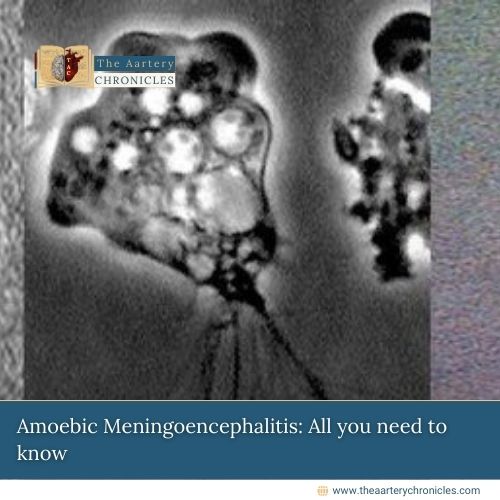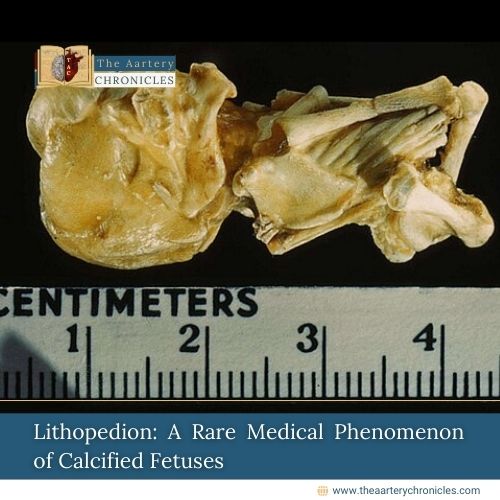

Psoriatic Arthritis: A Humanized View of an Immune Puzzle
Psoriatic arthritis (PsA) is more than just joint pain — it’s a journey that many begin without knowing the destination. It creeps in after the red, scaly patches of psoriasis or sometimes precedes them entirely. It doesn’t discriminate between the fingers or the toes, and it brings along a baggage of inflammation, stiffness, and disability. But PsA is also a disease of hope — of remission, recovery, and resilience, especially when caught early and managed well.
Who Does It Affect?
Anyone with psoriasis — a chronic skin disease — is at risk. In fact, up to 30% of people with psoriasis develop PsA. It typically strikes between ages 30 to 50, but children and the elderly are not spared either. It affects men and women equally and tends to run in families. For many, the pain is invisible, and diagnosis delayed. The stigma of red patches on the skin is often easier to talk about than the pain within the joints.
Living With the Symptoms
The symptoms vary, as PsA can take many forms. For some, the pain is in a single swollen finger. For others, it mimics rheumatoid arthritis or targets the spine.
- Painful, swollen joints
- Morning stiffness that lasts over 30 minutes
- Dactylitis (sausage digits)
- Nail pitting and separation
- Skin plaques typical of psoriasis
- Fatigue that feels more than just being tired
Diagnosis: Putting the Puzzle Together
There is no single test for PsA. It takes a thoughtful clinician to connect the dots — skin, joints, nails, and family history. Common tools include:
- Physical examination of joints and skin
- Blood tests (ESR, CRP, RF negative)
- Imaging (X-rays, MRI, ultrasound)
- Application of the CASPAR criteria
Treatment Options
Managing PsA requires more than suppressing symptoms — it means protecting joints and preserving quality of life.
Table 1: Common treatment categories in Psoriatic Arthritis
Drug Class | Examples | Mechanism / Purpose |
NSAIDs | Ibuprofen, Naproxen | Reduce inflammation and joint pain |
DMARDs | Methotrexate, Sulfasalazine | Slow disease progression |
Biologics | Etanercept, Secukinumab | Target TNF or IL pathways to suppress immune overactivity |
JAK Inhibitors | Tofacitinib | Block Janus kinase signaling to reduce inflammation |
The Role of Lifestyle
Healing doesn’t come only in pills and injections. Movement therapy, a supportive diet, quitting smoking, and stress management play an integral part in PsA care. Yoga and swimming are often easier on stiff joints. Omega-3-rich foods may lower inflammation. Support groups can break the cycle of silent suffering.
Conclusion
Psoriatic arthritis isn’t just a disease — it’s an experience shaped by inflammation, identity, and invisible battles. But with awareness, early detection, and integrated care, patients can move from pain to power. They can write new chapters where strength triumphs over stiffness, and life continues beyond the diagnosis.
References
- Gladman DD, Antoni C, Mease P, Clegg DO, Nash P. Psoriatic arthritis: epidemiology, clinical features, course, and outcome. Ann Rheum Dis. 2005 Mar;64 Suppl 2(Suppl 2):ii14-7.
- Ritchlin CT, Colbert RA, Gladman DD. Psoriatic arthritis. N Engl J Med. 2017 Mar 9;376(10):957–970.
- Ogdie A, Weiss P. The epidemiology of psoriatic arthritis. Rheum Dis Clin North Am. 2015 Nov;41(4):545–568.

Dr. Manasi Wadghule
Reviewed by
Dr. Prakash Patil (MBBS) (MCH) (Ortho) UK. FAO (Austria)
Ex, Consultant West Herts NHS Trust, England
Primary and Revision Joint Replacement
Arthroscopy and Sports Medicine








